By Melissa Arnold
Elizabeth Wayland-Morgan is no stranger to the Suffolk County Vanderbilt Museum in Centerport. She’s been on staff at the museum for 11 years now in a variety of roles before being named executive director last year. The California native has spent time living on both coasts, all the while developing a deep love for the arts and culture. Those passions ultimately led her to Long Island and the historic estate she is honored to care for.

Jennifer Vacca/Zoot Shoot Photographers
How did you get interested in museum work?
I guess it started when I was a young child. My mother is an artist and we often visited the Metropolitan Museum of Art and the American Museum of Natural History. From that early age I was enthralled with the art of other cultures, which led me to study fine arts and anthropology in college.
What are your major responsibilities?
Right now, my primary focus is to carefully steer the museum through this extraordinarily difficult time and to see that it thrives into the future. I am directly involved with managing the museum’s day-to-day functions, and work with our incredibly talented staff to develop our programming. Recently, that’s included virtual education, astronomy and natural-history programs, rotating exhibitions, and engaging outdoor events.
What attracted you to the museum and what are some of your favorite things about it now?
I was initially attracted to the cultural aspects and the beauty and history of the estate and the mansion. Those facets represent a unique opportunity to connect a wide range of educational themes and to bring history to life.
The Vanderbilt is a living museum of a singular era in American history. From the late 19th century to the 1930s, more than 1,200 of the country’s richest and most powerful individuals built sprawling summer estates along the north shore of Long Island, known as the Gold Coast. William K. Vanderbilt II’s Eagle’s Nest is one of the few that remain.
I love that we’ve become not only a regional destination but also an attraction for international visitors. During the last few years, we welcomed guests from more than 40 countries.
One of my favorite secluded spots on the property is the Wishing Well Garden. It’s a lovely, peaceful place to sit and reflect. My favorite building other than the mansion is the large, Tudor-style boathouse. Its covered porch offers striking panoramic views of the Northport Bay, where Mr. Vanderbilt anchored his yachts and began his voyages.
Tell me a bit about the museum’s history and what it has to offer.
Mr. Vanderbilt wanted a summer place far from the bustle of New York City. He found this property and bought it 1910. He told friends that on an early visit, he saw an eagle soaring over his property and decided to call his estate Eagle’s Nest. He built the mansion in stages and finished it in 1936.
He loved the natural world and the oceans, and explored them during voyages on his yacht. He created a marine museum on his estate and called it the Hall of Fishes. It was the first stage of what became his larger museum complex. He opened it to the public on a limited basis in 1922.
Mr. Vanderbilt circumnavigated the world twice. Not just for pleasure, but also to build his museum. Eventually he amassed the largest collection of privately assembled marine specimens from the pre-atomic era. We have 22 wild-animal habitat dioramas and a collection of more than 40,000 objects. Two collection highlights are a 32-foot whale shark and a 3,000-year-old Egyptian mummy.
Do you have a favorite event at the museum that you look forward to?
For years, my highlight of every summer has been Alex Torres and His Latin Orchestra, who have performed for 13 years in the Mansion courtyard. The beautiful Spanish architecture makes guests feel as if they’ve been transported to a romantic evening in Latin America. I also really enjoyed our Halloween Wicked Walk and holiday Bright Lights events last year.
What do you feel you’ve brought to the table as director so far? Do you have goals for the museum?
Steering the Vanderbilt through the pandemic-induced crisis has been a challenge of a lifetime. Safety has been paramount. Beyond that, I firmly believe that my most important job has been to empower and motivate the staff and to create a positive and collaborative environment. We are all protective of this special place. The pandemic shutdown allowed us additional time to concentrate on grant writing and fundraising and to uncover new opportunities. Financial stability is our most important goal, and we aim to build upon innovative programming that will produce essential income.
A very exciting project is the reclamation of Mr. Vanderbilt’s original nature trails. Hikers can wander through forested sections of the estate and stop at vantage points that offer spectacular views of the bay.
Our virtual astronomy and natural-history education outreach to regional schools has been very successful, and we’re looking to expand that.
Another important goal is to digitize the collections. In doing so, we’ll be able to share more details of Mr. Vanderbilt’s fascinating life and global explorations. We’re starting with the Vanderbilt’s collection of 6,000 photos.
We are renovating Mr. Vanderbilt’s large, four-bay garage to create an up-to-date version of the existing Vanderbilt Learning Center with enhanced technology.
What else is in the works?
Our restoration projects are moving forward. We’re working on the exterior of Normandy Manor, the mansion facades and bell tower, and Nursery Wing.
Very important to the museum’s future is the Historic Waterfront Project. We are looking for donors to help us restore the boathouse, granite seawall, seaplane hangar, and esplanade. It has been closed to the public for a long time and is the museum’s greatest current challenge.
How did the museum function last year? Did you offer masked tours, virtual events, etc.?
All staff that were able to work virtually began to do so immediately. Their support and dedication is how we’re getting through this time. Many are longtime colleagues who know and understand the museum and its operations well. News of a pandemic was certainly shocking, but we pulled together as a strong team and have been navigating these turbulent times very well.
The museum-education and planetarium staffs began right away to create virtual programming. They made downloadable projects for children that presented intriguing facts about animals and birds in the natural-history collections. We posted the projects on our website so parents could print images for their children to read, color or paint. The planetarium produced astronomy learning videos on topics such as exploring Mars, rockets, black holes, and using a telescope. On June 12, the state allowed the museum to reopen its estate grounds safely.
We built a large screen and held movie nights in our parking lot; offered exterior architectural tours of the mansion; and bird talks and owl prowls with an ornithologist. We offered mini-wedding ceremonies and elopements. We created a Halloween ‘Wicked Walk,’ and a December holiday ‘Bright Lights’ event with social distancing policies.
In the fall, when we were able to open the buildings at 25% capacity, we offered small-group mansion tours and planetarium shows before closing for the winter months.
What do you have planned this year?
The staff has many projects underway, including an installation in the newly restored Lancaster Room of the exhibition “Alva Belmont: Socialite to Suffragist,” which explores the women’s voting rights activism of Mr. Vanderbilt’s mother, Alva Belmont Vanderbilt.
Our first big outdoor event for 2021 will be Vandy Land. It’s an outdoor game day for everyone It will open on March 27 and run through April 3. Actors will portray kid-friendly characters, and we’ll have vendors, crafts, musical entertainment, refreshments, and the Easter Bunny.
As a special Vandy Land attraction, we will commemorate Mr. Vanderbilt’s original estate golf course by building an 18-hole mini-golf course. Everyone who plays in what we’re calling the William K. Vanderbilt Golf Classic will be entered into our big prize drawing. After school vacation is over, we’ll keep the golf course open every Saturday and Sunday during the day through the end of April, and on Thursday through Saturday evenings, too.
Why do you think the Vanderbilt Museum is such a special place?
The atmosphere is magical. This is one of the only remaining Gold Coast mansions. We offer a glimpse into the past. The mansion has been kept exactly as it was when the Vanderbilts lived here. In particular, the rooms display personal effects — a teapot and cup on a side table next to Rosamond’s bed, books and papers on William’s desk, and open suitcases with clothes in the guest rooms. The impression this creates is that the family is living there, but has stepped out for the afternoon.
When you walk the grounds, the smell of salt air complements the view. You see hawks and osprey soaring overhead, and the striking Spanish architecture of the mansion. The experience is relaxing and soothing. It’s a visual and sensory trip back in time.
Why is it so important to keep this part of Long Island’s history alive?
The Vanderbilt family and its vast railroad holdings were essential in the development of this country. When you walk through the mansion and museum, you are surrounded by rare fine and decorative art and furnishings, some of it centuries old. It’s a time-machine stroll through a storied era of elite, privileged lives on Long Island’s Gold Coast.
We are an informal education institution, as Mr. Vanderbilt intended. The museum continues this mission through its education programs and offerings — to the public and to more than 25,000 schoolchildren each year. It’s important to keep this all but vanished history alive for future generations.
The Suffolk County Vanderbilt Museum and Planetarium is located at 180 Little Neck Road in Centerport. For more information, including events, spring hours and admission rates, please visit www.vanderbiltmuseum.org or call 631-854-5579.

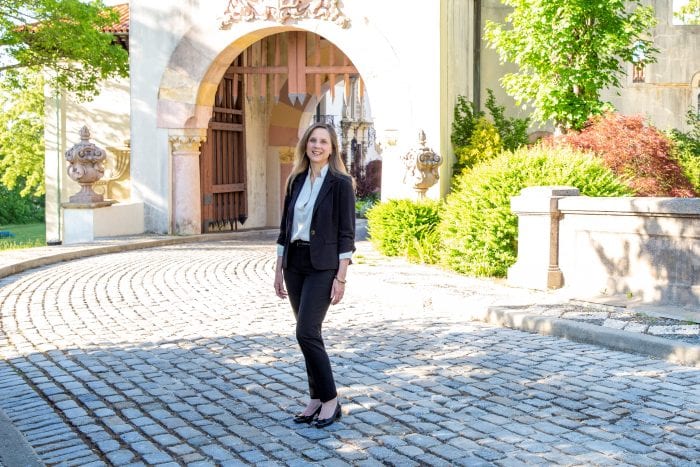
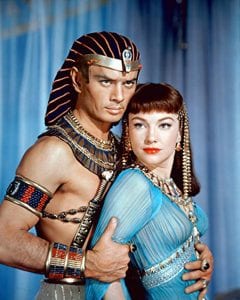
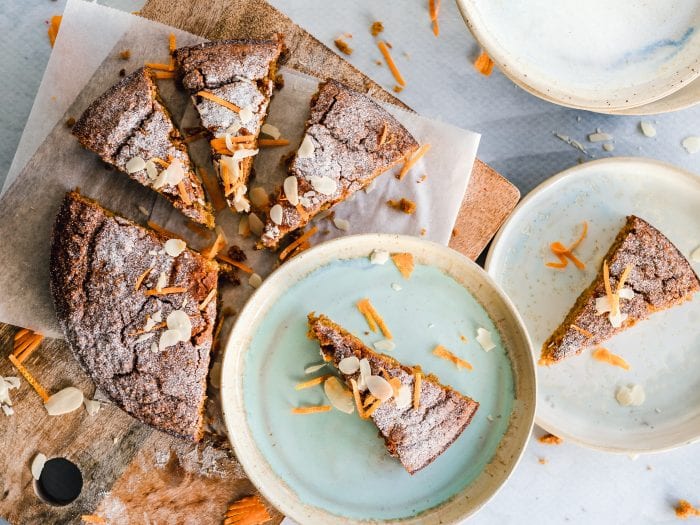
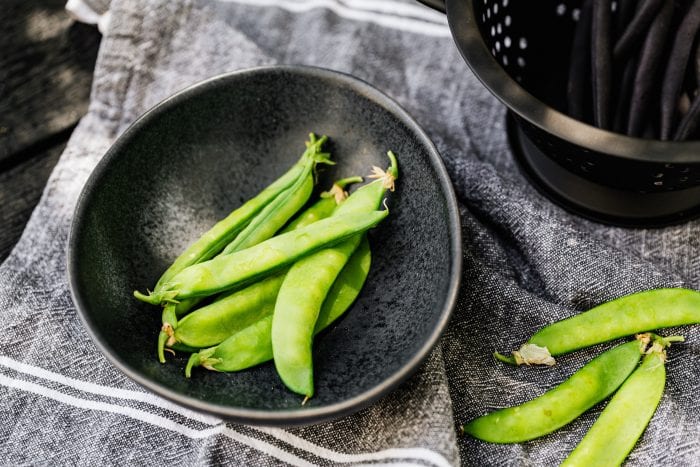
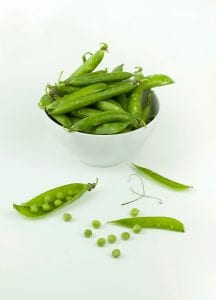

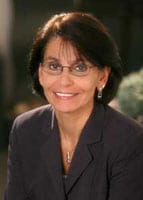
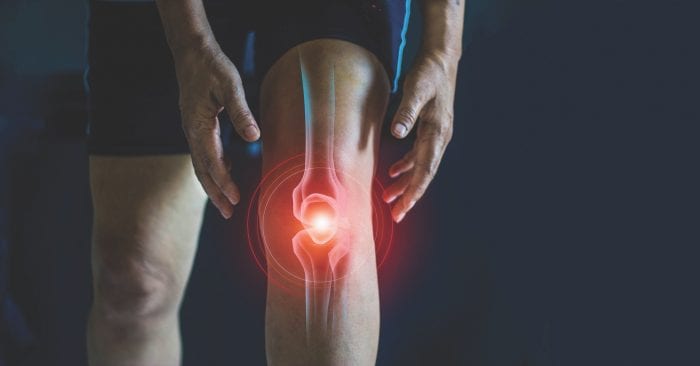

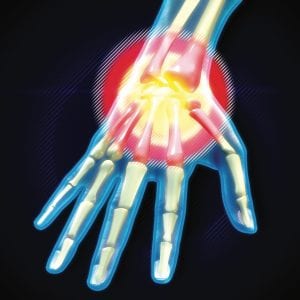

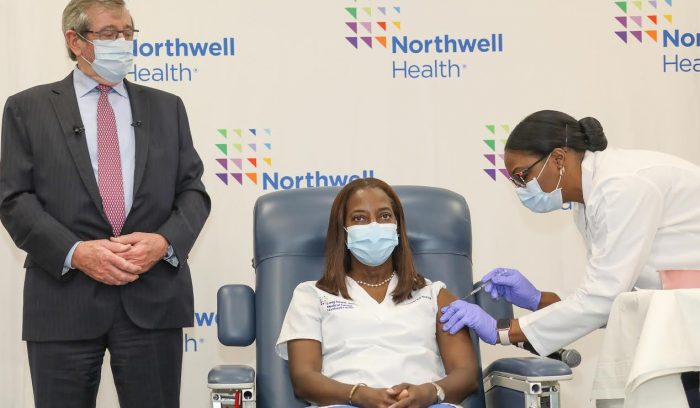
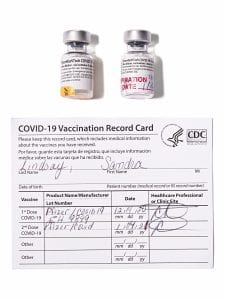 “December 14 was a historic moment for all: the day the very first COVID-19 vaccine was administered in the United States,” said
“December 14 was a historic moment for all: the day the very first COVID-19 vaccine was administered in the United States,” said 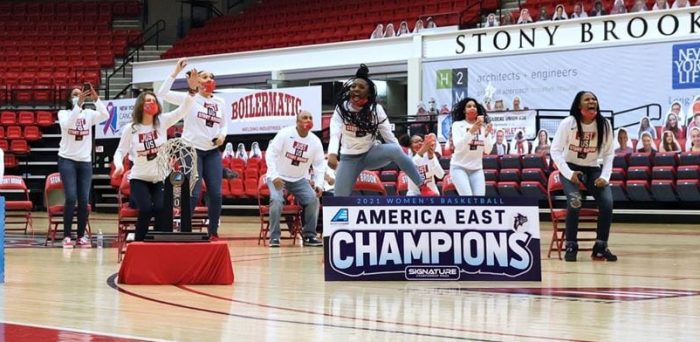

 It’s wonderful to see so many puppies and kittens that were purchased or adopted during COVID. Sometimes they come with some unwanted traveling companions like intestinal parasites. Diagnosis and treatment of intestinal parasites is important because some carry zoonotic potential (potential to be passed from animals to humans). Here is a short list of intestinal parasites carried by puppies and kittens.
It’s wonderful to see so many puppies and kittens that were purchased or adopted during COVID. Sometimes they come with some unwanted traveling companions like intestinal parasites. Diagnosis and treatment of intestinal parasites is important because some carry zoonotic potential (potential to be passed from animals to humans). Here is a short list of intestinal parasites carried by puppies and kittens.


